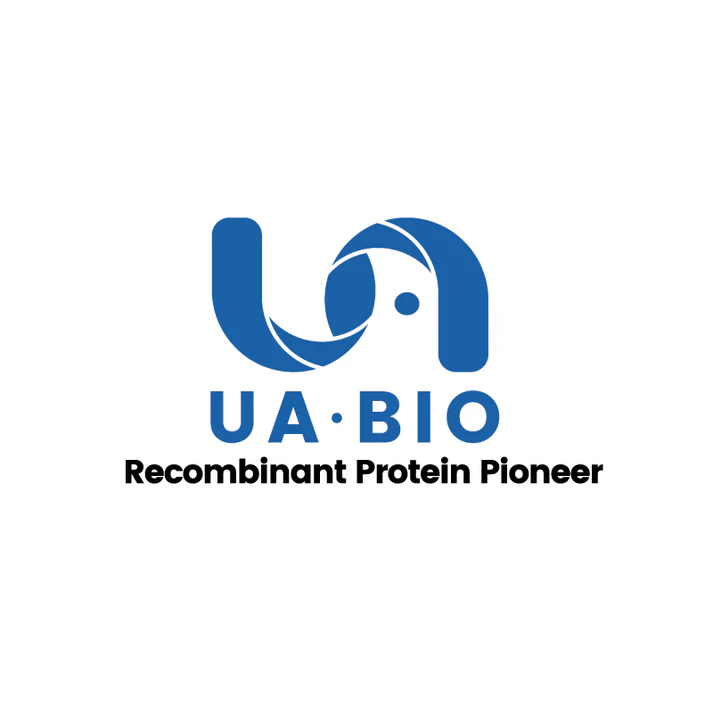Determined by its ability to stimulate the proliferation of human TF-1 cells. The expected EC50 is less than 50 ng/ml.
Product Details
Product Details
Product Specification
| Species | Human |
| Synonyms | IL-27 p28 subunit,IL-27 subunit alpha,IL27,IL-27,IL27A,IL-27-A,IL27-A,IL27p28,IL30,interleukin 27,interleukin 30,interleukin-27 subunit alpha,MGC71873,p28IL-27A |
| Amino Acid Sequence | Arg21-Lys229 (Q14213) |
| Expression System | HEK293 |
| Molecular Weight | 27-33 kDa (Reducing) |
| Purity | >95% by SDS-PAGE and HPLC. |
| Endotoxin | <0.1EU/μg |
| Conjugation | Unconjugated |
| Tag | No Tag |
| Physical Appearance | Lyophilized powder |
| Storage Buffer | PBS, pH 7.4, 5%Trehalose |
| Reconstitution | Reconstitute at 0.1-1 mg/ml according to the size in ultrapure water after rapid centrifugation. |
| Stability & Storage | ·12 months from date of receipt, lyophilized powder stored at -20 to -80℃. |
| Reference | Annu Rev Immunol. 2015:33:417-43. |
Background
Interleukin-27 (IL-27) is a heterodimeric cytokine that belongs to the IL-6/IL-12 family of long type I cytokines. It is composed of two subunits: EBI3 (EBV-induced gene 3), which is related to the p40 subunit of IL-12 and IL-23, and p28, which is related to the p35 chain of IL-12. IL-27 is primarily produced by monocytes, endothelial cells, and dendritic cells. It signals through a heterodimeric receptor complex composed of WSX-1 (TCCR) and gp130. IL-27 has both anti-inflammatory and pro-inflammatory properties. As an anti-inflammatory cytokine, it induces a general negative feedback program that limits T and NK-T cell activity. During the onset of infection, IL-27 induces an IL-12 receptor on naïve CD4+ T cells, making them susceptible to subsequent IL-12 activity and possible Th1 development.
Picture
Picture
Bioactivity
SDS-PAGE
2μg (R: reducing condition, N: non-reducing condition).


